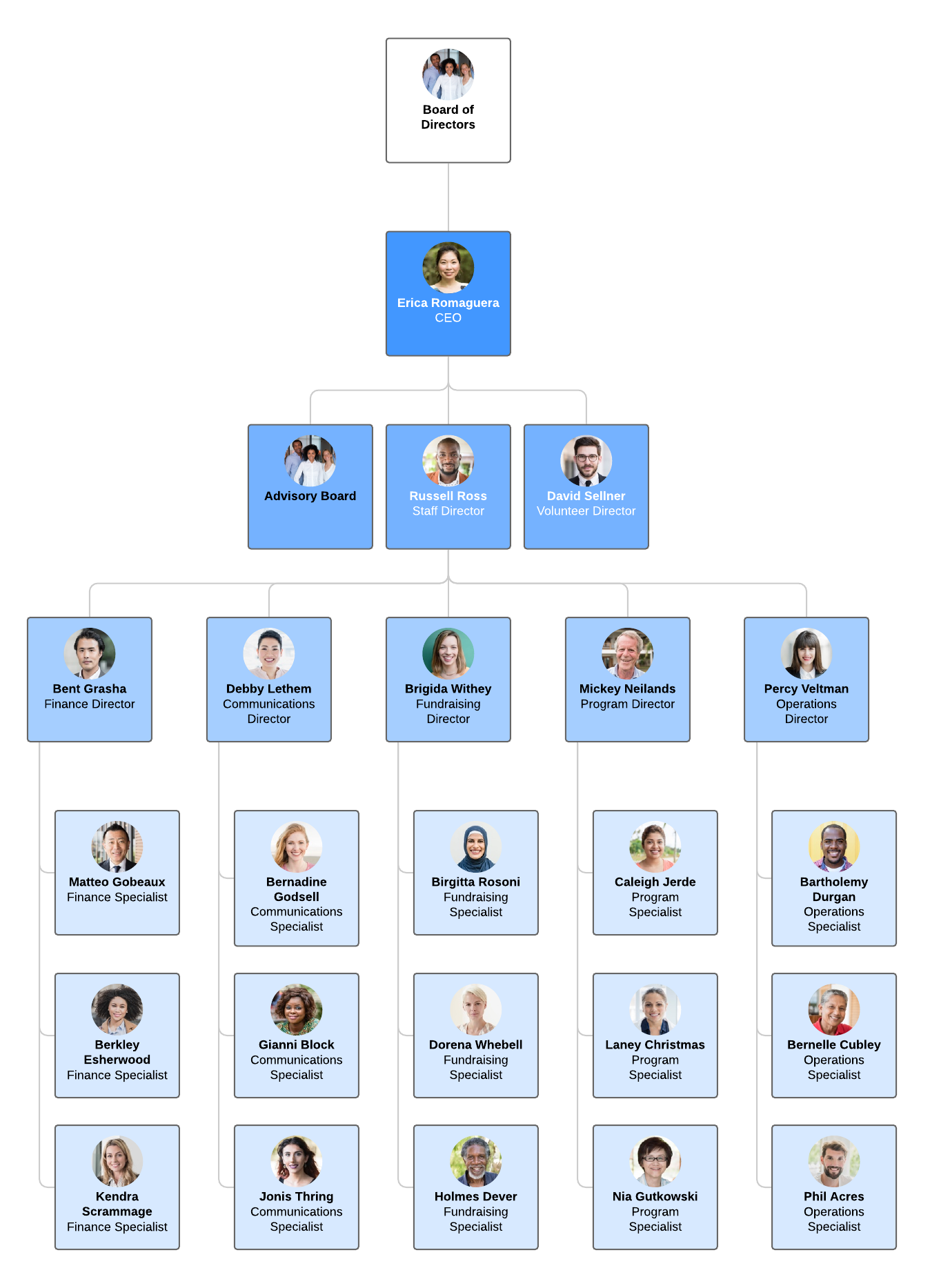Meaning
Business statistics refers to the application of statistical techniques and methods to solve business problems and make informed decisions. It involves the collection, analysis, interpretation, and presentation of numerical data related to various aspects of business, such as sales, marketing, finance, operations, and human resources.
Some of the key areas where business statistics is used include:
- Descriptive statistics: Descriptive statistics are used to summarize and describe data, such as calculating measures of central tendency (mean, median, mode), dispersion (variance, standard deviation), and frequency distribution.
- Inferential statistics: Inferential statistics are used to make inferences or predictions about a population based on a sample of data. This includes hypothesis testing, confidence intervals, and regression analysis.
- Forecasting: Forecasting techniques are used to predict future trends, sales, and demand for products or services. This helps businesses to plan their resources, inventory, and production levels accordingly.
- Quality control: Statistical process control techniques are used to monitor and control the quality of products or services by identifying defects, reducing errors, and improving production processes.
- Marketing research: Statistical analysis is used in marketing research to gather insights on customer behavior, preferences, and market trends. This information can be used to develop effective marketing strategies and tailor products and services to meet customer needs.
Overall, business statistics is a powerful tool that can help businesses make informed decisions, improve performance, and stay competitive in the market. By analyzing data, businesses can identify patterns, trends, and correlations that can be used to develop strategies, manage risks, and achieve their goals.
you also read Accounting for Shareholders’ Equity (Notes)
Scope and limitations of statistics in business
Statistics has a wide scope in business and can be used in various ways to help businesses make informed decisions. Some of the main areas where statistics can be applied in business include:
- Market research: Statistics can be used to conduct market research, analyze consumer behavior, and gather insights into market trends.
- Sales forecasting: By analyzing historical sales data, statisticians can forecast future sales trends, which can help businesses plan their production and inventory accordingly.
- Quality control: Statistics can be used to monitor the quality of products or services by collecting data on defects or errors and using that data to make improvements.
- Financial analysis: Statistics can be used to analyze financial data and make forecasts about revenue, expenses, and profits.
However, there are also some limitations to the use of statistics in business, including:
- Limited sample size: In some cases, the sample size may be too small to make accurate predictions or draw meaningful conclusions.
- Data accuracy: The accuracy of statistical analysis depends on the accuracy of the data that is being used. If the data is incomplete or inaccurate, the results of the analysis may not be reliable.
- Misinterpretation: Statistics can be misinterpreted, especially if the results are presented in a way that is misleading or confusing.
- Cost: Conducting statistical analysis can be expensive, especially if specialized software or expertise is required.
In summary, while statistics can be a valuable tool for businesses, it is important to understand its limitations and ensure that it is used appropriately and accurately.
Importance of statistics in business and management
Statistics plays a crucial role in business and management in several ways, some of which are:
- Decision-making: Statistics provides businesses with data-driven insights to make informed decisions. By analyzing data, businesses can identify trends, patterns, and correlations that can help them make decisions that are based on facts rather than intuition or assumptions.
- Forecasting: Statistical methods can be used to forecast future trends, sales, and demand for products or services. This can help businesses to plan their resources, inventory, and production levels accordingly.
- Quality control: Statistics can be used to monitor and control the quality of products or services by identifying defects, reducing errors, and improving production processes.
- Risk management: Statistics can help businesses identify and manage risks associated with various decisions. This includes analyzing data to understand the probability of certain outcomes and developing contingency plans to mitigate risks.
- Marketing research: Statistics is used in marketing research to gather insights on customer behavior, preferences, and market trends. This information can be used to develop effective marketing strategies and tailor products and services to meet customer needs.
- Financial analysis: Statistical analysis is used in financial management to analyze financial data, make projections, and develop strategies to improve profitability.
In conclusion, statistics is essential for businesses and management to make data-driven decisions, improve performance, and stay competitive in the market. It helps in understanding customer behavior, managing risks, controlling quality, and forecasting future trends. Therefore, businesses should invest in statistical tools and techniques to harness the power of data and drive growth.


 - [Resolving the Adventure Not Found Error in For the King 2](#) - [Understanding the Purpose of the Hardwork Skill in For the King 2](#) Upon liberating the prisoner from the cart in The Resistance chapter, the world unfurls for exploration. Roam the area until you chance upon an overturned wagon distinct from the prisoner cart, nestled in the Foothills area of the map. Should the wagon remain elusive, lean on Vision Scrolls or Find Distance items, available in town shops, dropped by enemies, or carried by specific characters such as the Scholar. Employ these tools to meticulously scrutinize the Foothills. Continue your exploration of the Foothills until you stumble upon the broken wagon. Once uncovered, assign any of your party members to investigate – no battle ensues, sparing your entire party from involvement. A notification will prompt you to the exact location of the Bandit Camp, where Hildegard's husband is being held captive. Liberate him from the camp to successfully fulfill this objective. These are the crucial steps to unraveling the mystery of Hildegard's husband in For the King 2. If you found this guide beneficial, consider exploring our diverse range of other informative guides.](https://meropaper.com/wp-content/uploads/2024/01/for-the-king-2-hildegard-husband-cart2-150x150.webp)








